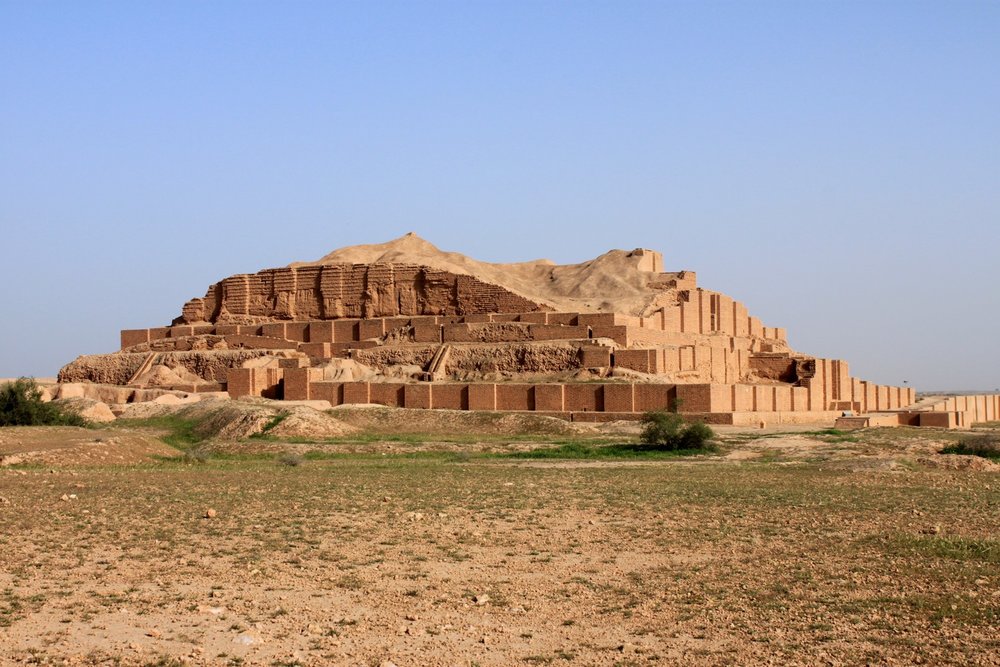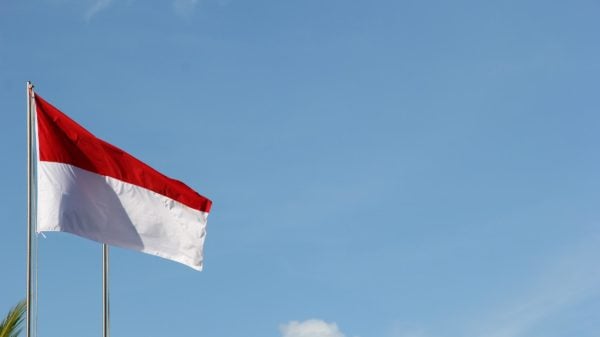Mesopotamia, which means “the land between two rivers,” is the ancient name for the geographical region where the present Iraq and portions of Syria, Iran, and Turkey stand. It is known as the birthplace of civilization for most inventions and innovations that emerged during the 10,000 BCE and the 7th century CE.
The ancient society is also popular for its prolific architectural accomplishments. According to historical records, it is the birthplace of urban planning development, ziggurat, and courtyard houses. While the architectural profession does not exist yet in the Mesopotamian civilization, the scribes living during that time were able to draft and manage the construction of various buildings for the government, the rich, and the royalty.
Three main elements contributed to the architectural style of the Mesopotamian era. It includes the Sumerian cities’ sociopolitical system and the empires and kingdoms that took its place, the organized religion of the region’s state of affairs, and the influences from the natural surroundings.
Here are some of the most popular Mesopotamian architecture in existence.
The Ziggurat of Ur
Named after the Sumerian king Ur-Nammu, people can find this ziggurat in the ancient city of Ur located near Nasiriya, currently known as Dhi Qar province in Iraq. It was reportedly built left to ruins during the 6th century BCE but was restored by King Nabonidus. The building was excavated by Sir Leonard Woolley during the 1920s to 1930s, then underwent facade reconstruction during the 1980s.
The Chogha Zanbil Ziggurat
King Untash-Napirisha of Elam built this lavish ziggurat sometime in 1250 BC. According to historical accounts, it was commissioned by the king as his way to honor the Elamite god named Inshushinak. King Ashurbanipal of Assyria destroyed it during 640 BC, but a portion of it was excavated in 1951. It is the first Iranian excavation site that was included in the UNESCO World Heritage List.
Ishtar Gate
King Nebuchadnezzar II ordered the construction of the gate in 575 BCE. Archeologists excavated it during the early years of the 20th century. A portion of it is currently on display at Berlin’s Pergamon Museum. Since its excavation, the edifice underwent several reconstruction projects using its original bricks to keep its form.
The Royal Tombs Of Ur
Sir Leonard Woolley also discovered this 4,800-year-old burial site in Sumer in 1922. Aside from showcasing the era’s architectural style, it also showed more about how the Sumerian society lived during its existence.
Tell Brak
The ancient city of Tell Brak in Syria was captured and destroyed by its rival, the Assyrians, in 1300 BC. It is the reason why the city’s prominence was diminished and reduced its settlement. Max Mallowan started the excavation of the city in 1937 but had to abandon the project because of the Syrian Civil War.
The archeologists also found other palaces and structures built in the region over the years. It would not be a surprise if a new building built during the ancient Mesopotamian era appeared from an excavation site in the coming days.

The reconstructed Ishtar Gate is currently on display at Germany’s Pergamon Museum.


















